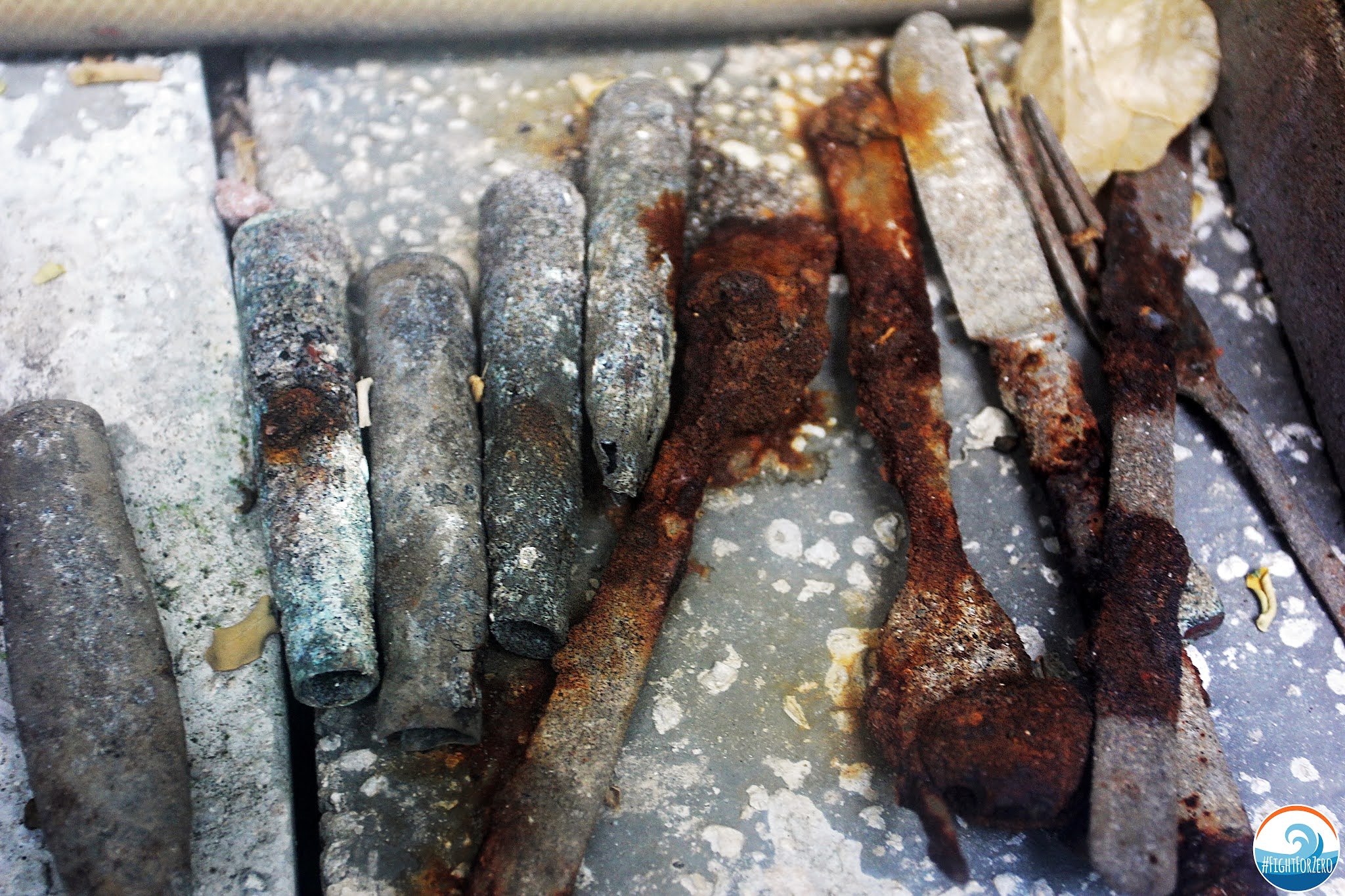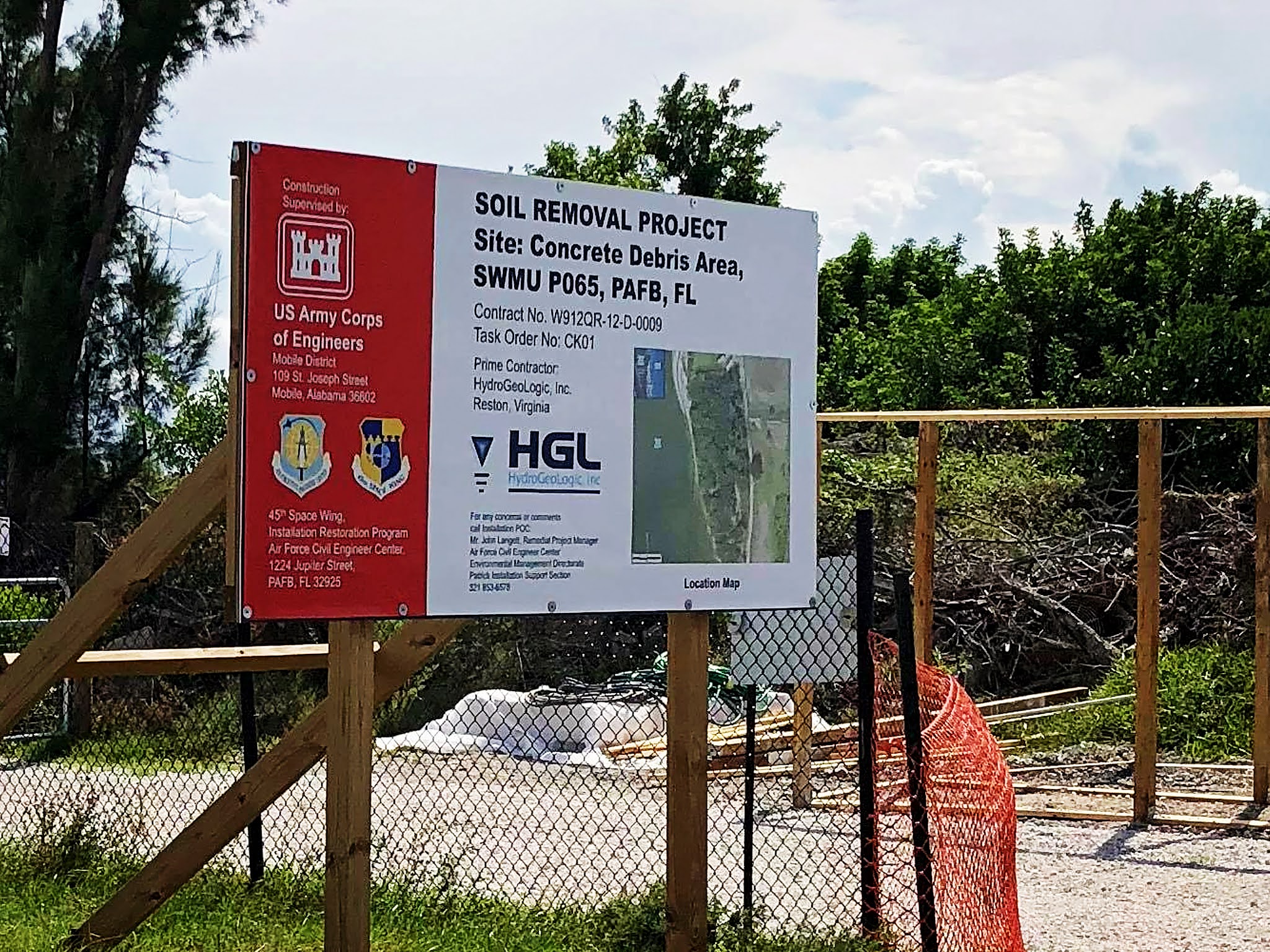 |
| Image captured of Satellite Shores housing being torn down for new development in Satellite Beach, Florida, in 2018. Images by Stel Bailey Photography |
By Stel Bailey | Investigative Reporter
The Army Corps of Engineers Investigation into Potential Contamination Underneath South Patrick Shores Homes
SOUTH PATRICK SHORES, FL. - South Patrick Shores is once again at the center of controversy as the United States Army Corps of Engineers (USACE) begins investigating whether homes in this coastal neighborhood were built on land once used by the military to dispose of waste. The history stretches back to 1942, when the Navy operated disposal sites off base near what later became Patrick Space Force Base. These activities pose long-lasting risks to human health and the environment.
Homeowners Reluctant to Sign
A significant portion of residents in the 32937 area have yet to sign the right-of-entry forms that would allow investigators onto their property. Without this access, the USACE cannot complete the data collection and analysis required for a comprehensive risk assessment. Some homeowners are hesitant because of fears about property values or disruption during fieldwork.
The fieldwork will involve geophysical surveys, the use of a mini excavator, surface and subsurface soil sampling, and other investigative equipment. Officials stress that the work will be minimally invasive, with conditions documented before work begins and properties restored once it is completed.
Even so, reluctance remains. The Brevard County School District has also not secured access for Sea Park Elementary, a delay that raises additional concern since children are most vulnerable to potential contamination.
A History of Buried Military Debris
For decades, residents have unearthed troubling evidence of past dumping in their yards, including barrels, transformers, old refrigerators, aircraft parts, spent rounds, practice mortars, and burned debris. In 1992, officials acknowledged the existence of at least 30 toxic waste dumps at Patrick Air Force Base and nearby Cape Canaveral, containing everything from solvents and explosives to firefighting foam.
Many of these sites were open dumps without protective liners. As a result, contaminants have long posed risks to groundwater, soil, and even indoor air. Health problems reported by residents include cancers, digestive disorders, asthma, reproductive health issues, headaches, and nosebleeds.
Previous Investigations and Troubling Findings
Patrick’s toxic legacy gained attention in the early 1990s when local headlines reported an unusual number of Hodgkin’s disease cases. In 1991, EPA testing found elevated levels of lead and aluminum in South Patrick Shores. One well showed aluminum concentrations two to three thousand times higher than other tested wells. Samples also revealed PCBs, pesticides, and volatile organic compounds.
Despite these alarming results, government experts concluded that the soil beneath homes was not contaminated at levels requiring immediate action. For many families, this conclusion did not match their lived reality of ongoing illness.
Decades later, concerns resurfaced. In 2019, the Florida Department of Health released a cancer assessment showing elevated cancer rates in two local zip codes. The state report, however, did not examine breast cancer or rare diseases such as ALS. Community members and Congressman Bill Posey pushed for renewed investigation, uncovering historical records that documented military disposal operations in the area during base construction.
Trust and Accountability Issues
Trust in the USACE is fragile. Past controversies, including an incident where one of their biologists violated federal ethics laws, have fueled skepticism about the impartiality of the investigation. Environmental advocates argue that transparency is essential. Groups such as Fight For Zero requested a formal role in the project as stakeholders but were declined by the USACE, raising concerns that community voices may again be excluded.
The Scope of the Investigation
The official FUDS (Formerly Used Defense Sites) designation currently applies to a small section of South Patrick Shores, but residents argue the true boundaries extend farther. Military artifacts have surfaced as far south as Indian Harbour Beach. The ongoing investigation may determine whether the disposal area is larger than initially outlined.
Fight For Zero and nationally known advocate Erin Brockovich hosted a community meeting in 2018 where water expert Bob Bowcock raised concerns about soil vapor intrusion. He warned that volatile chemicals may travel through subsurface soil and migrate into homes, much like radon gas. If proven, this would expand the scope of risk well beyond buried debris.
Broader Concerns in Brevard County
South Patrick Shores is not the only community facing fallout from military activities. Cocoa Beach residents are contending with PFAS contamination linked to the base, while former service members who trained in survival canals were likely exposed to toxic substances associated with cancers such as testicular cancer. In 2019, a cluster of rare cancers among Satellite High School graduates drew national headlines.
Testing of drinking water at multiple Brevard schools revealed PFBA, while fountains across the county showed PFAS compounds. Groundwater contamination means these chemicals may also accumulate in fruits and vegetables grown in local yards.
Looking Ahead
The FUDS designation in South Patrick Shores represents only one piece of a much larger environmental puzzle in Brevard County. For cancer survivors and families who have fought for recognition, the USACE investigation is more than just a scientific study. It is an opportunity for truth, accountability, and the prevention of future tragedies.
Property values may recover with time, but the human cost of contamination is incalculable. As one Fight For Zero advocate put it, “The value of our health will always outweigh the value of our homes.”
 |
| Rounds that were ignited and buried for decades in a South Patrick Shores backyard. |
 |
| Signs where soldiers used to train on Patrick Air Force Base in the survival canal |
 |
| Active remediation (cleanup of harmful contamination) off the banana river on Patrick Air Force Base |
 |
| In the distance are the Satellite Beach water tower and Satellite High School. The water tower was removed during the 2021 summer. PFAS was found underneath the water tower at 400 ppt. |
- USACE Biologist Pleads Guilty – Former Army Corps Employee Pleads Guilty to Lying to Law Enforcement
- 30 Toxic Dumpsites – Orlando Sentinel: Patrick Set to Clean Up Toxic Dump (1992)
- NAS Banana River Off-Base Disposal Area – Community Meeting Video
- FUDS Project Website – USACE Banana River Formerly Used Defense Sites Project
- Fight For Zero Investigation – Summary of Fight For Zero’s Investigation that Led to the FUDS Investigation



